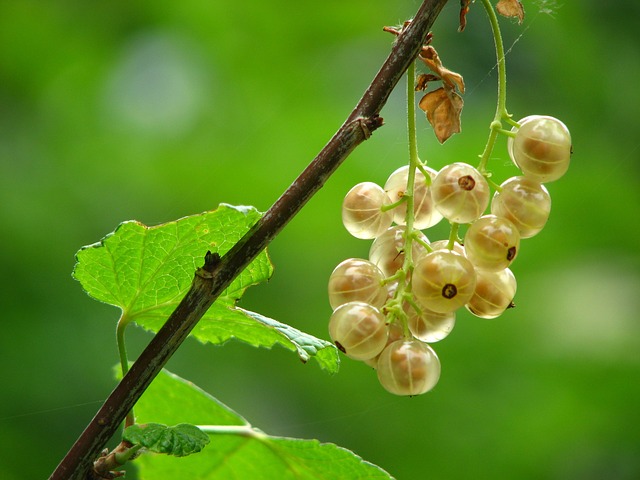Creating a pet-friendly outdoor space involves strategic planning and careful selection of safe, durable, and aesthetically pleasing plants and materials. Prioritize non-toxic varieties like lavender, rosemary, and grass, ensuring easy navigation with dedicated pathways and sturdy fencing. Use gravel or permeable pavers for surfaces, avoiding wire or chain fences. Incorporate native plants, diverse textures, and fresh water sources, fostering a vibrant and secure environment for pets to play and owners to relax. Implement these practices for a safe yard that combines functionality and design, offering pet-friendly landscaping solutions like dog-friendly landscape designs.
Create a beautiful, low-maintenance garden that’s both pet-friendly and safe? It’s easier than you think! Discover practical guides on choosing pet-safe plants and flowers, designing durable play areas, and creating havens with secure pathways and fences. Learn to incorporate non-toxic surface materials for effortless upkeep and maintain a balanced ecosystem where pets and plants thrive. Transform your yard into a dog-friendly oasis with these expert tips for a safe, charming outdoor space.
- Choosing Pet-Safe Plants and Flowers: A Comprehensive Guide
- Designing Durable Play Areas for Pets in Your Yard
- Creating Safe Havens: Tips for Pet-Friendly Pathways and Fences
- Incorporating Non-Toxic Surface Materials for Easy Maintenance
- Maintaining a Balanced Ecosystem: Tips for Happy Pets and Plants
Choosing Pet-Safe Plants and Flowers: A Comprehensive Guide
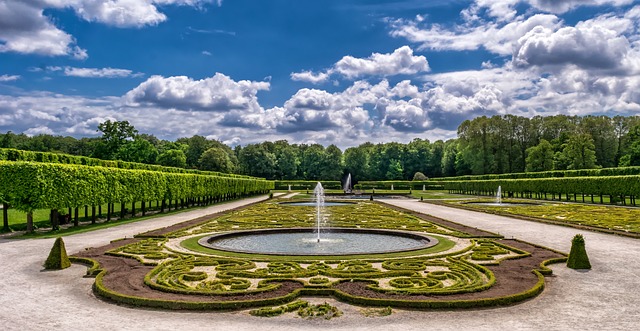
Creating a beautiful and welcoming outdoor space for both you and your furry friends is entirely achievable with thoughtful planning and careful selection of pet-safe plants. When designing a yard that’s durable and suitable for pets, it’s crucial to consider which flowers and foliage are non-toxic and won’t cause harm if chewed or ingested by curious cats and dogs.
A comprehensive guide to pet-friendly landscaping involves researching and choosing plants known for their safety, durability, and aesthetic appeal. Consider options like lavender, rosemary, and most varieties of grass, which not only withstand pet activity but also offer delightful scents and textures. Avoid toxic lilies, rhododendrons, and azaleas, as well as plants with small, poisonous berries or intense fragrances that may trigger irritation. With the right mix of pet-safe plants, you can create a vibrant, inviting outdoor environment where both pets and owners can enjoy quality time together.
Designing Durable Play Areas for Pets in Your Yard
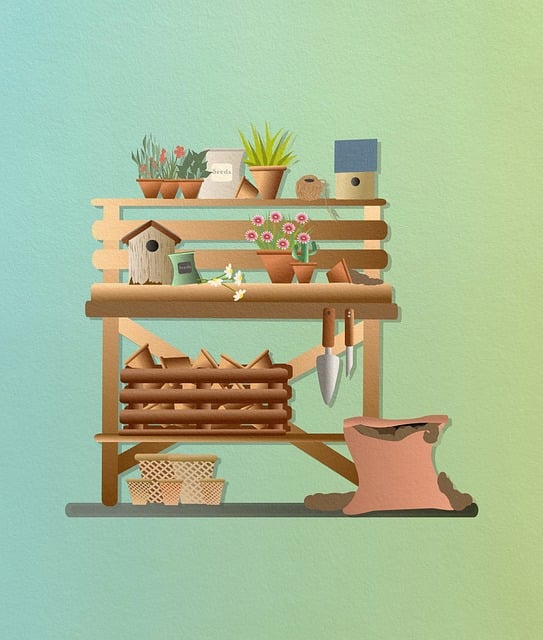
When designing a pet-friendly garden, creating durable play areas is essential to ensure your yard becomes a safe haven for your furry friends. Incorporate features like sturdy fences to create designated spaces where pets can freely roam and play without venturing into the street. Consider installing agility obstacles or simple climbing structures using non-toxic materials that are safe for animals. These additions not only provide mental stimulation but also allow pets to exercise, burn off energy, and explore in a controlled environment.
Opt for pet-safe garden design elements like native plants and shrubs that are known to be non-toxic to animals. This approach promotes a harmonious outdoor space where both you and your pets can enjoy without worrying about potential hazards. Additionally, create diverse textures and scents using various plant varieties to keep your pet engaged while ensuring they have access to fresh water sources throughout the yard for their hydration needs.
Creating Safe Havens: Tips for Pet-Friendly Pathways and Fences
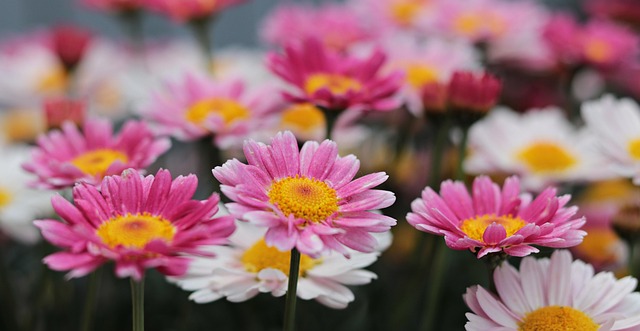
Creating safe and welcoming spaces for your furry companions is essential when designing a pet-friendly garden. One of the key aspects is ensuring easy navigation with dedicated pathways that are free from potential hazards. Opt for durable materials like gravel, wooden planks, or stone tiles that can withstand rough play and provide a clear route through the garden. Regularly maintaining these paths will prevent them from becoming muddy quagmires, making it easier to keep your pet’s paw prints off your elegant design.
Fencing is another vital component of pet-friendly landscaping. Choose materials that are not only strong but also non-toxic and durable. Avoid using wire or chain fences that could catch or harm your pets. Instead, opt for sturdy wooden or vinyl fencing that provides adequate privacy while allowing clear sightlines to monitor their outdoor adventures. With the right fence design, you can create a secure yard where your pets can frolic without straying too far, ensuring they have a delightful and safe experience in their very own pet-safe garden oasis.
Incorporating Non-Toxic Surface Materials for Easy Maintenance
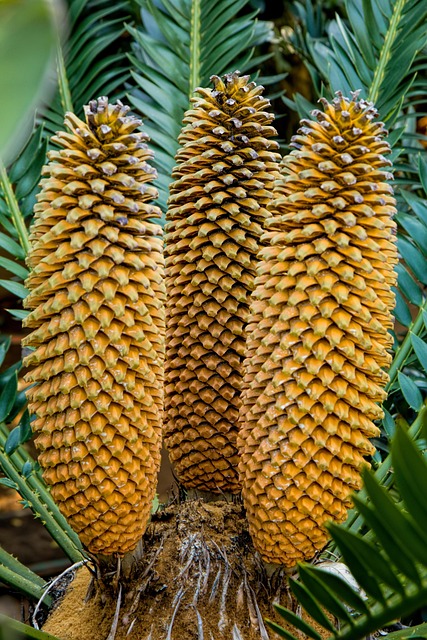
When designing a pet-friendly garden, selecting non-toxic surface materials is an essential step for easy maintenance and your pet’s safety. Opting for durable and pet-safe options like gravel, permeable pavers, or natural stone not only adds aesthetic appeal but also ensures your yard remains a haven for both you and your furry friend. These materials allow for proper drainage, reducing standing water that could attract insects or cause slippery surfaces.
Moreover, using non-toxic plants is crucial in creating a pet-friendly garden. Some plants are toxic to pets and can cause health issues if ingested. Choose from a variety of pet-safe options like lavender, marigolds, and certain types of grasses that not only add color and texture but also provide a safe environment for your pets to roam and play freely, fostering a joyful outdoor experience without any hidden dangers.
Maintaining a Balanced Ecosystem: Tips for Happy Pets and Plants
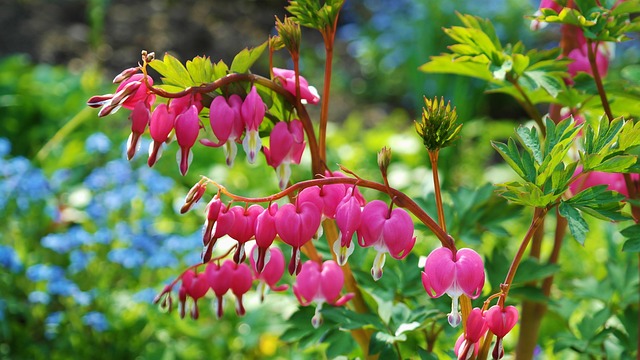
Creating a pet-friendly garden goes beyond just selecting plants that won’t harm your furry companions; it’s about fostering a balanced ecosystem where both pets and plants thrive. When designing your outdoor space, remember that some plants can be toxic to animals, so choosing pet-safe varieties is essential for a happy and healthy yard. Consider native plant species that are naturally resistant to pests and diseases, reducing the need for chemical interventions. This approach not only benefits your pets but also promotes biodiversity and creates a more sustainable garden.
Incorporating durable landscaping features can provide both structure and safety. For instance, opt for sturdy, non-toxic materials for paths and fences, ensuring they are securely installed to prevent any accidental ingestion or damage by enthusiastic digging. Provide plenty of shaded areas using trees and shrubs to protect pets from excessive heat, and always have access to fresh water in various locations throughout the garden to keep them hydrated. With careful planning and consideration, you can create a pet-safe haven that offers endless hours of fun and relaxation for both you and your four-legged friends.
Creating a low-maintenance, pet-friendly garden is achievable through thoughtful design and strategic choices. By selecting pet-safe plants, designing durable play areas, implementing safe pathways and fences, using non-toxic surface materials, and maintaining a balanced ecosystem, you can transform your yard into a haven for both your pets and plants. Embrace these principles to enjoy a harmonious outdoor space that is as resilient as it is welcoming to your furry companions.
